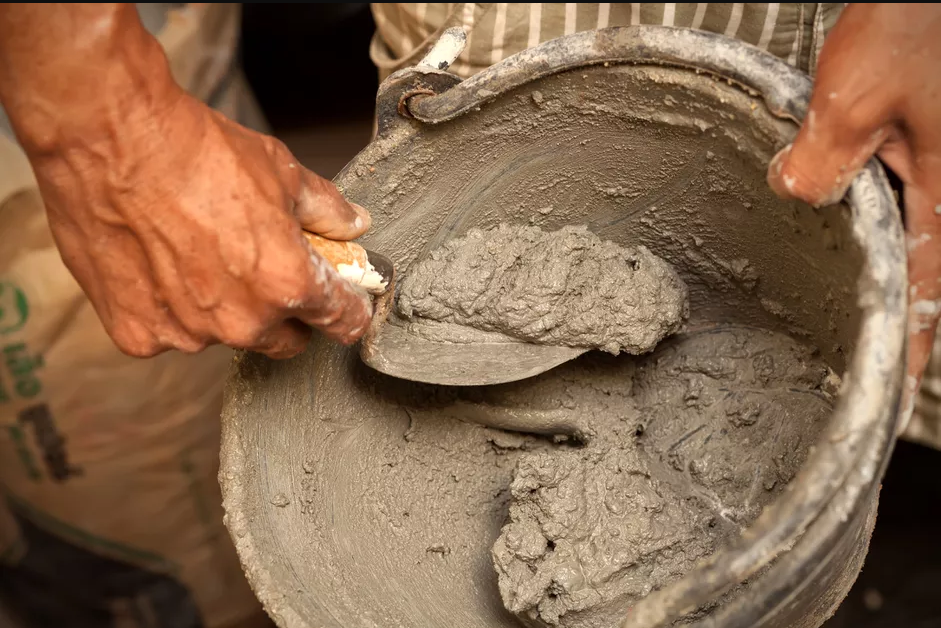Understanding Cellulose Ether The Role of HPMC
Cellulose ethers are a unique group of polymers derived from natural cellulose, a substance found in the cell walls of plants. Among these cellulose derivatives, Hydroxypropyl Methylcellulose (HPMC) stands out due to its diverse applications across various industries. This article will delve into the properties, production, and applications of HPMC, highlighting its significance and versatility.
What is HPMC?
HPMC is a semi-synthetic polymer created by modifying cellulose with hydroxypropyl and methyl groups. This modification alters the physical and chemical properties of cellulose, enhancing its solubility in water and increasing its functionality. HPMC is a white powder that is odorless and tasteless, making it suitable for numerous applications.
Properties of HPMC
One of the most notable properties of HPMC is its ability to form gels when mixed with water. The gel-forming ability is beneficial in various applications, including pharmaceuticals, food processing, and cosmetics. Furthermore, HPMC possesses excellent adhesive properties, which aid in binding ingredients together seamlessly.
HPMC also displays thickening and emulsifying properties, which are crucial in formulations requiring texture and stability. Its biodegradability and non-toxic nature make HPMC an environmentally friendly option compared to some synthetic polymers. Additionally, it is resistant to heat and can maintain its properties over a wide range of temperatures.
Production of HPMC
The production of HPMC involves a few critical steps. Initially, cellulose is extracted from plant materials and then subjected to chemical reactions with methyl chloride and propylene oxide. This results in the substitution of hydroxyl groups in cellulose with hydroxypropyl and methyl groups, producing HPMC. The degree of substitution influences the solubility and viscosity of the final product, which can be tailored for specific applications.
cellulos ether hpmc

Applications of HPMC
The versatility of HPMC allows it to thrive in numerous fields
1. Pharmaceuticals HPMC is widely used in the pharmaceutical industry as an excipient in drug formulations. It helps in the controlled release of medications, improving patient compliance. Moreover, it's utilized in tablet coatings and as a viscosity-enhancing agent in various dosages.
2. Food Industry HPMC is approved for use in food products, serving as a thickener, stabilizer, and emulsifier. It enhances the texture of food items, such as sauces, dressings, and dairy products, while also helping to retain moisture in baked goods.
3. Construction In the construction sector, HPMC is incorporated into cement and plaster formulations. It improves workability, adhesion, and water retention, making it essential for high-performance building materials.
4. Cosmetics The skincare and cosmetics industries utilize HPMC for its thickening and film-forming properties. It helps to stabilize emulsions in creams and lotions, providing a pleasant texture and enhancing product stability.
Conclusion
In summary, Hydroxypropyl Methylcellulose is an essential cellulose ether that offers a broad range of beneficial properties. Its applications span from pharmaceuticals to food products, construction, and cosmetics, showcasing its versatility and efficacy as a polymer. As industries continue to evolve, the demand for sustainable and effective materials like HPMC is likely to grow, ensuring its place in innovation and development.




